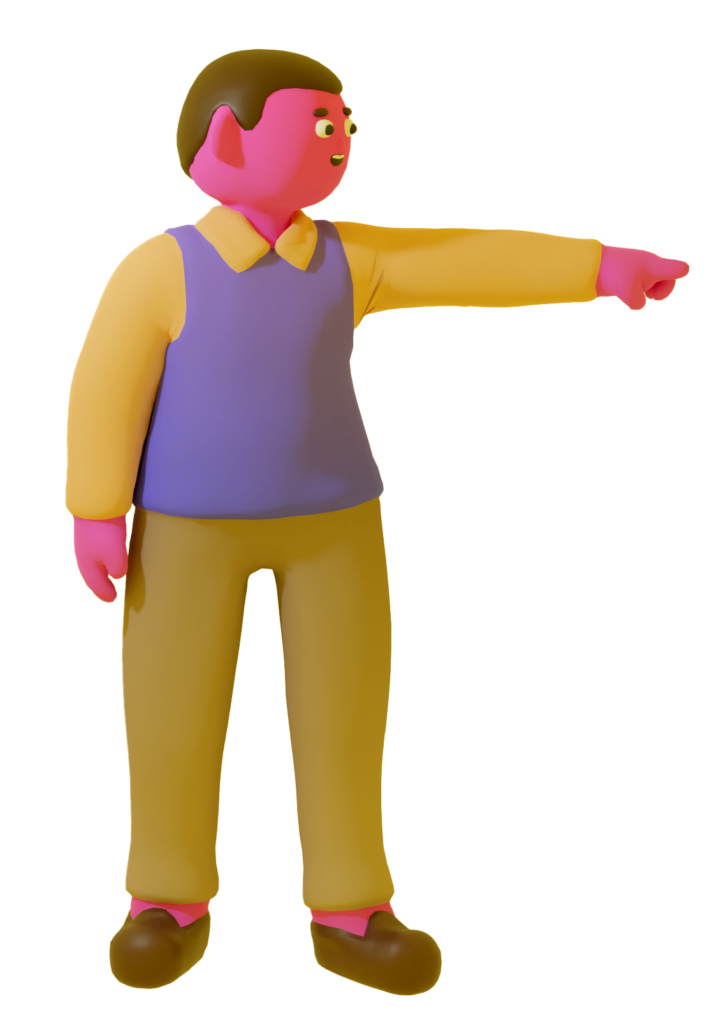
Sensors and Remote Support
Cameras are sometimes used to provide remote support services. Cameras are used only when these are the most effective and least intrusive solution; they are not used in every home or living situation – technologies vary depending on the needs and goals listed in the ISP. When cameras are used, they are almost exclusively used in common areas of the home (e.g., front/back door, living room). Additionally, cameras are not active all the time. Cameras, like the other sensors in the home, are only activated and monitored during the preset hours during which the individual is receiving remote support services and are not activated, except when certain conditions are met, like the motion sensor scenario listed above. Personal safety is often the principal goal of using an in-home camera.
Remote support is not a technology but a service. Someone may use remote support for part of the time during the day or week and use an in-person caregiver, such as Direct Support Professional or family member, at other times. Additionally, there are situations when using remote support services during which the physical presence of a caregiver or support person may be needed and the remote support services system allows for the calling for the presence of an in-person caregiver of DSP. This may happen if the person being served is very ill and needs in-person support or it may happen if there is a prolonged power outage. Although, backup power is required when remote support services are used, the backup power could run out. In these rare situations, an in-person caregiver may be called upon to provide services until the power re-established.
To read more about remote support, read about DODD administrative rule 5123-9-35: https://dodd.ohio.gov/wps/wcm/connect/gov/d0f52fd8-fd61-40a0-9c5e-a31178802e99/5123-9-35+Effective+2022-07-01.pdf?MOD=AJPERES&CONVERT_TO=url&CACHEID=ROOTWORKSPACE.Z18_M1HGGIK0N0JO00QO9DDDDM3000-d0f52fd8-fd61-40a0-9c5e-a31178802e99-o6Sv6S4.